Oh, the delights of watching your cake batter rise in the oven owe it all to the dynamic duo of baking powder and its companion, baking soda. Both play crucial roles as leaveners, lifting your cakes to new heights. While they share the same goal, their reactions differ. Here's a comprehensive guide to help you navigate the realm of baking powder and its intricate relationship with creating the perfect cake.
Choosing between Baking Powder and Baking Soda
To activate baking soda, you'll need to pair it with an acidic element such as lemon, brown sugar, buttermilk, or yogurt. Without this acidity, the carbon dioxide needed for the rise won't be produced, resulting in a lackluster outcome and an unpleasant metallic taste. Baking soda shines in cake recipes like carrot cake—check out our favourite recipe here.

Baking powder, on the other hand, consists of baking soda, cream of tartar, and a touch of cornflour, making it more versatile. The cream of tartar's acidity reacts with the baking soda, ensuring a balanced ratio in every measurement without the need for additional acidic ingredients. Although it's weaker overall, baking powder is ideal for recipes like cookies, where excessive rise is not required.
Baking soda packs a stronger punch than baking powder, so precise measurements are crucial. It also finds utility beyond baking, doubling as a cleaner, teeth whitener, and drain unclogger—just in case you have some leftovers.
Unravelling the Mystery of Baking Powder
Baking powder operates as a double agent, requiring two reactions for the rise to occur. The initial reaction takes place when the baking powder encounters moisture, such as when adding liquids and eggs to a dry, sifted cake mix. The second reaction unfolds in the heat of the oven.
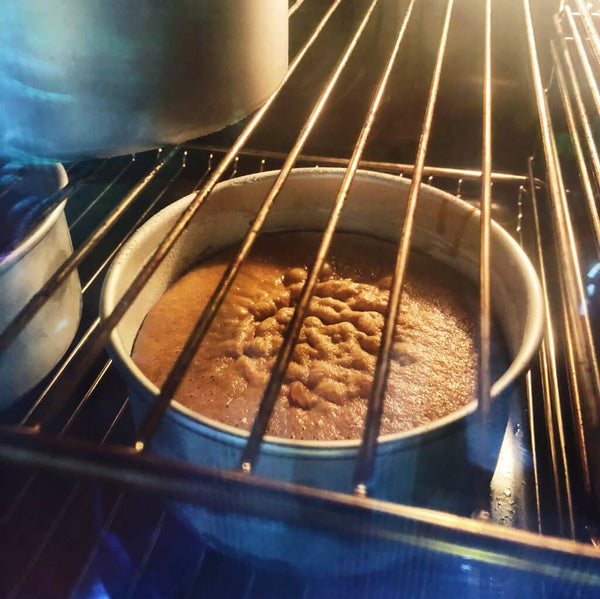
Baking powder relies on heat to activate the rise, making it suitable for sweet treats like cakes, as opposed to bread, which uses yeast to rise at room temperature.
Striking the Right Balance: When to Use Both
For a lemon drizzle cake or sticky toffee pudding, opt for baking powder instead of baking soda to control acidity and prevent the flavours from being overly absorbed in the reaction.
Some recipes benefit from the combined use of both leaveners. Occasionally, the reaction triggered by baking powder may lack intensity, prompting the addition of baking soda for an extra boost. Balancing act is key, as using both can influence the colour and taste of your creation, so adhere closely to the recipes.
If all this talk of the perfect rise and zingy citrus has you craving a treat, our lemon cake delivery in London and Surrey is as good as homemade—perhaps even better.
Measuring the Perfect Amount of Baking Powder for Plain Flour
Baking powder often plays a role in crafting homemade self-raising flour, a crucial ingredient for cakes, bread, and puddings. Follow this basic rule when unsure of how much baking powder to use for self-raising flour:
For every 110g of plain flour, add one teaspoon of baking powder.
Substituting Baking Powder with Baking Soda
As baking soda is potent, precise measurement is essential to avoid a metallic aftertaste or a lackluster rise. Typically, use ¼ the amount of baking soda compared to the baking powder needed. Remember to mix baking soda with the dry ingredients first, as the reaction starts once liquid is introduced.

Ensuring Freshness: How to Test Baking Powder
Before using that long-neglected canister of baking powder from your pantry, assess its potency. Ideally, store baking powder in a sealed, airtight container in a cool, dry environment to preserve its efficacy, as exposure to humidity can diminish its power.
You can test the freshness of baking powder and baking soda by observing their fizz. Add ¼ teaspoon of your chosen leavening agent to 1 tablespoon of vinegar. The greater the fizz and bubbles, the fresher the agent.




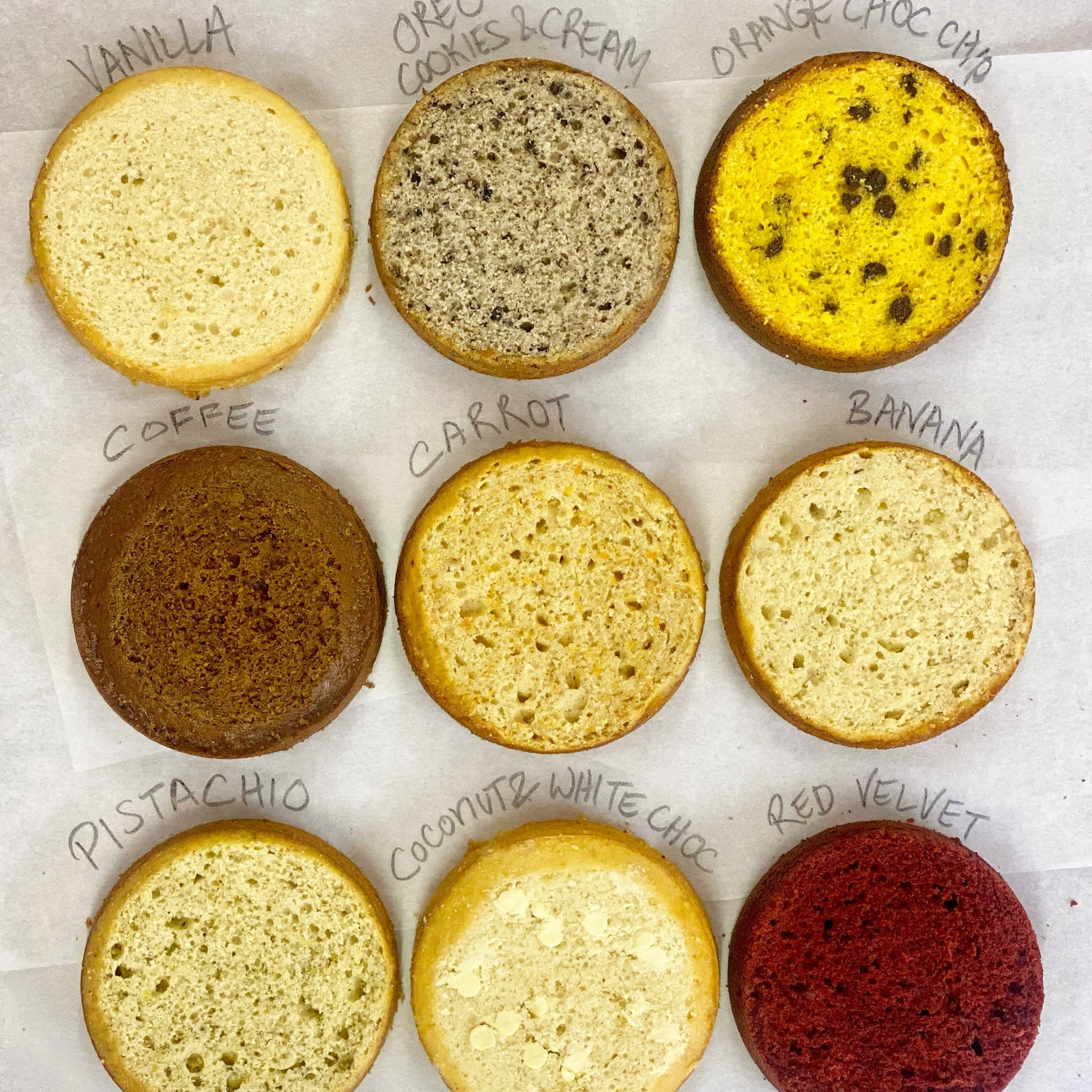

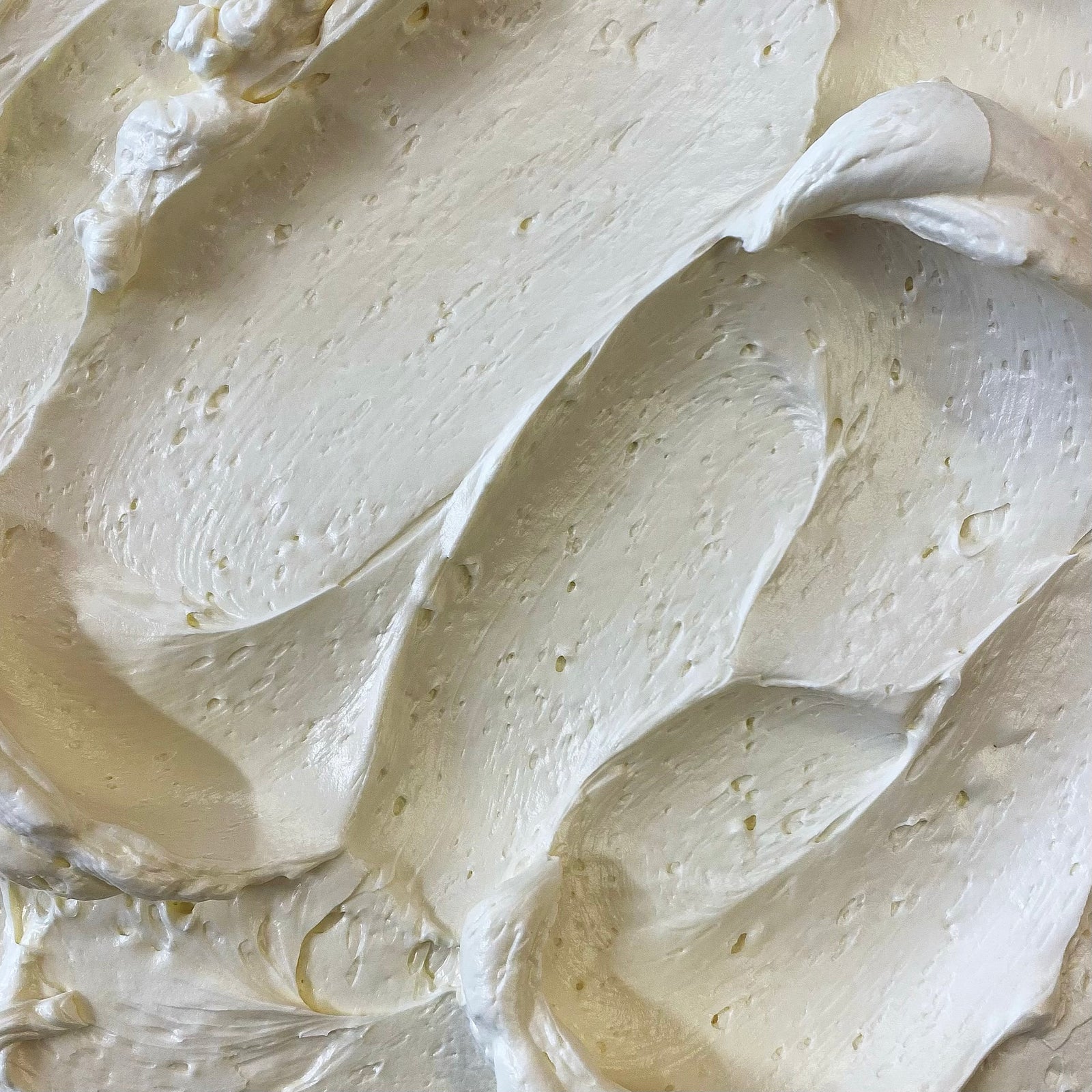

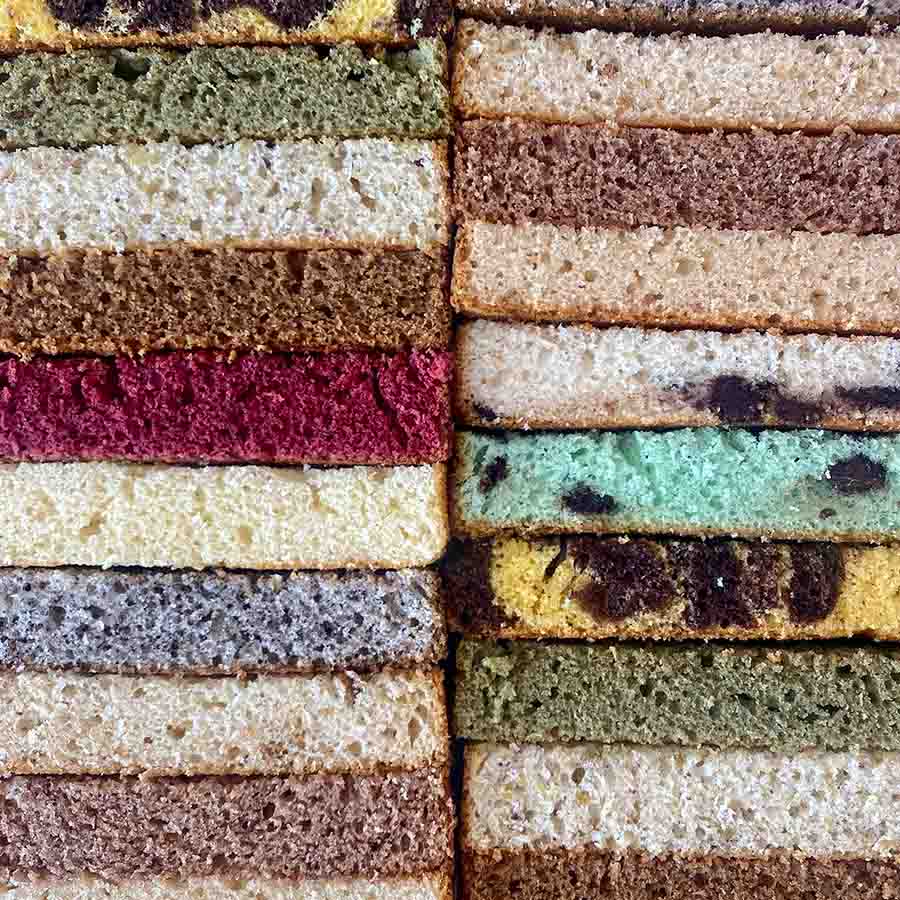
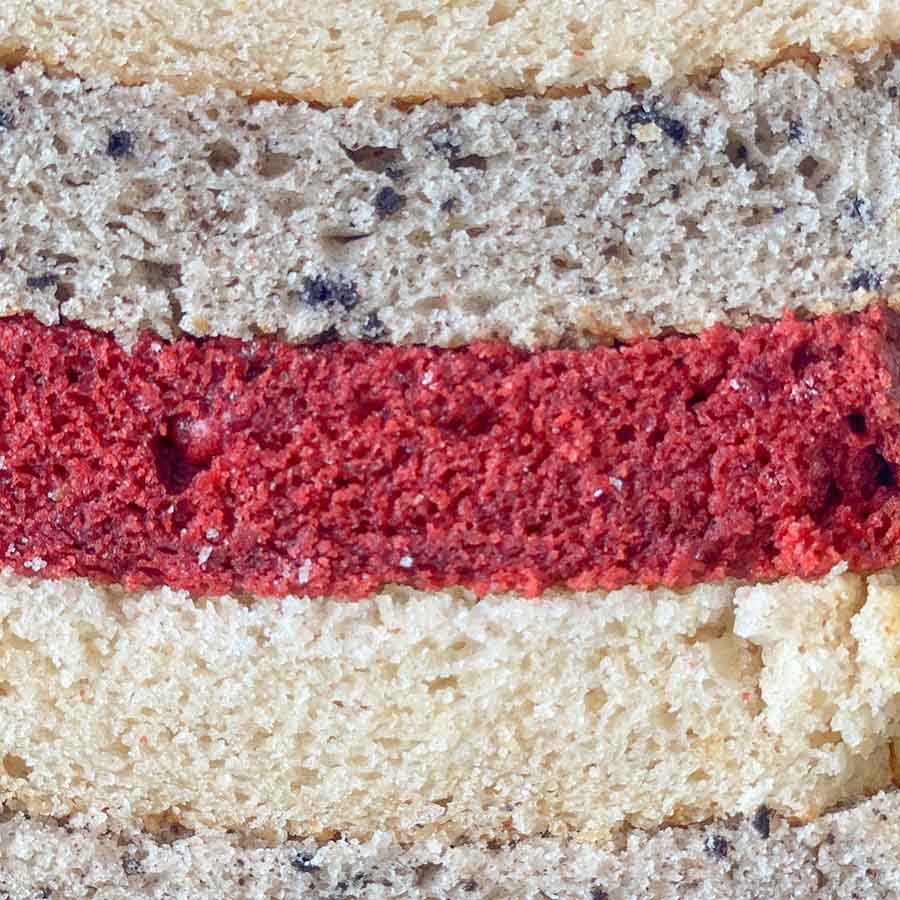
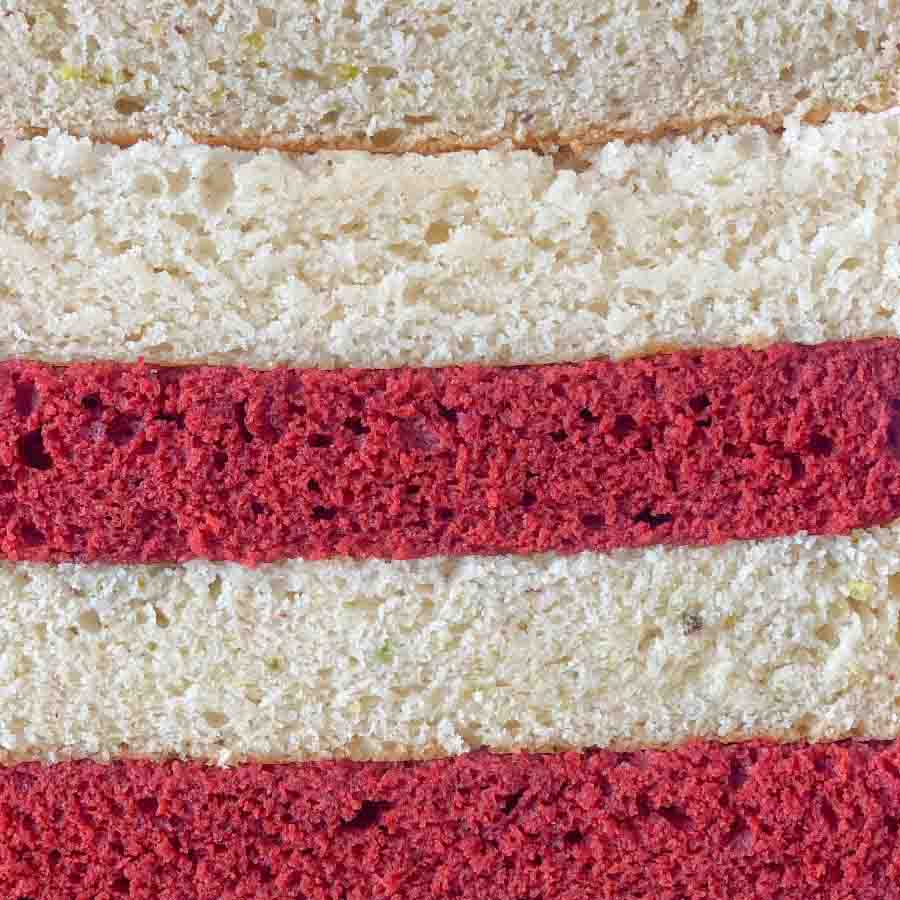
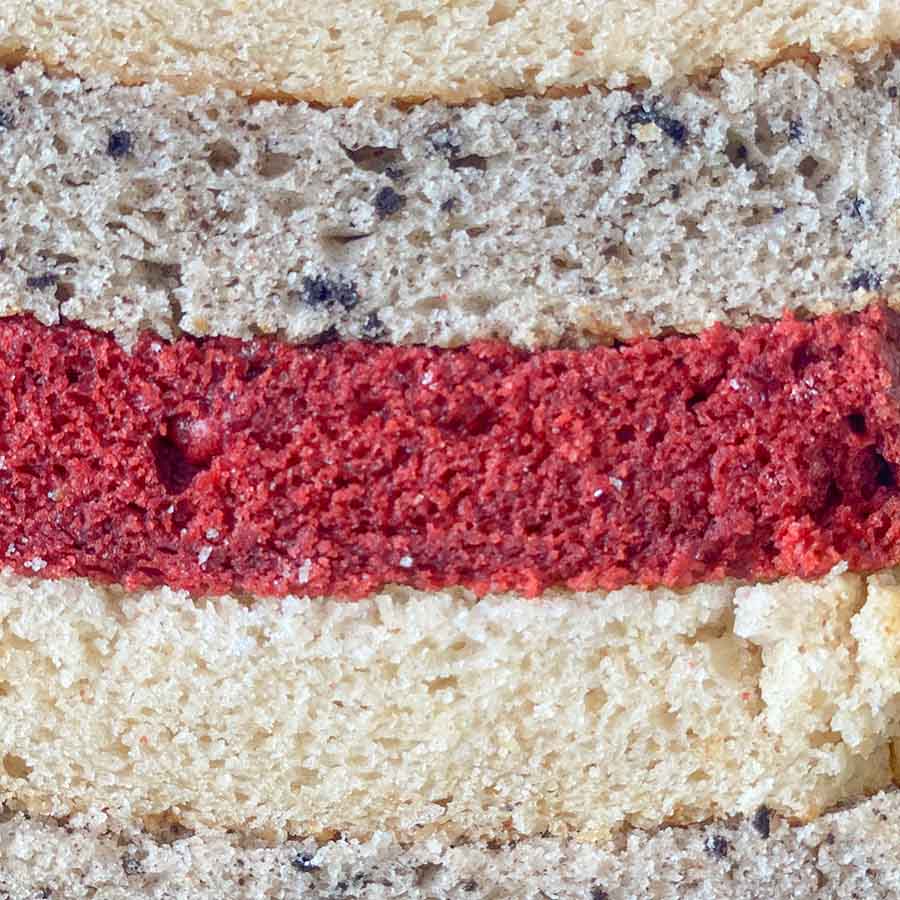

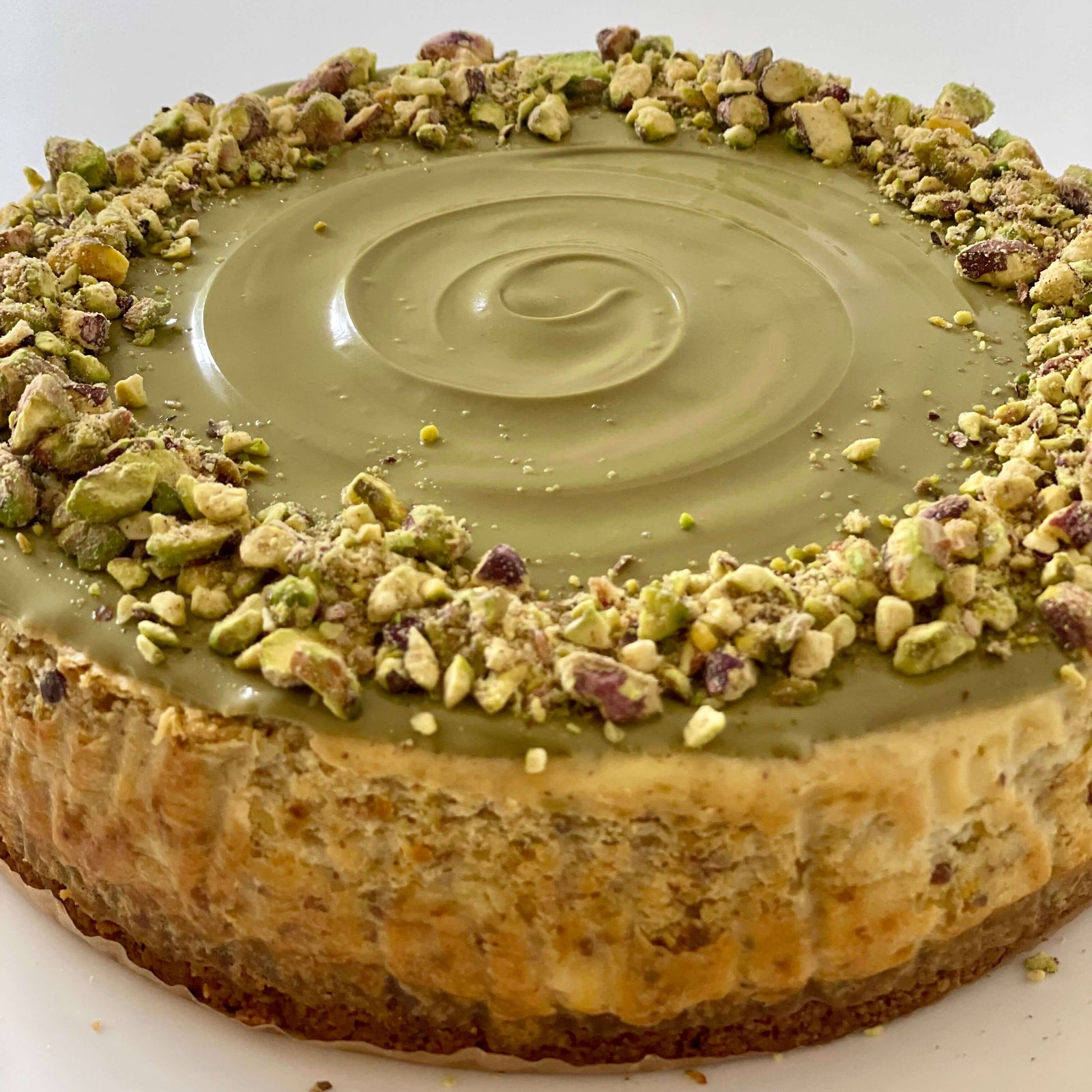
Leave a comment (all fields required)